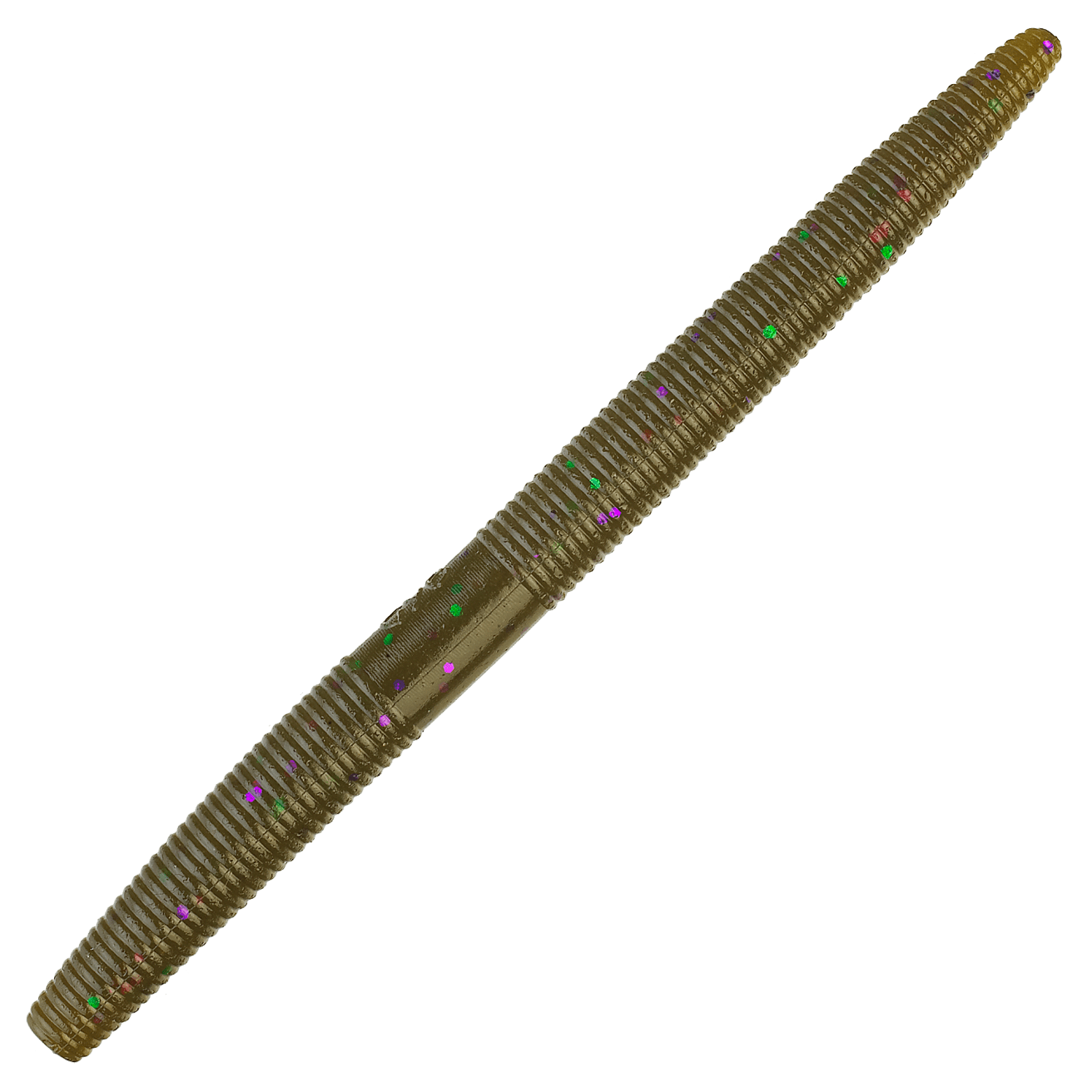Five effective worm rigs for bass are: Texas rig for weedless presentation, Carolina rig for bottom contact, Wacky rig for enticing action, Shakey Head rig for finesse fishing, and Drop Shot rig for targeting suspended bass.
Each rig offers unique advantages to match various fishing conditions and bass behavior.
Soft plastic worms are, by far, the most versatile lure in bass fishing. Knowing how to use plastic worm rigs properly and when to employ them will translate into getting bites on days when fish are unusually stubborn or sluggish.
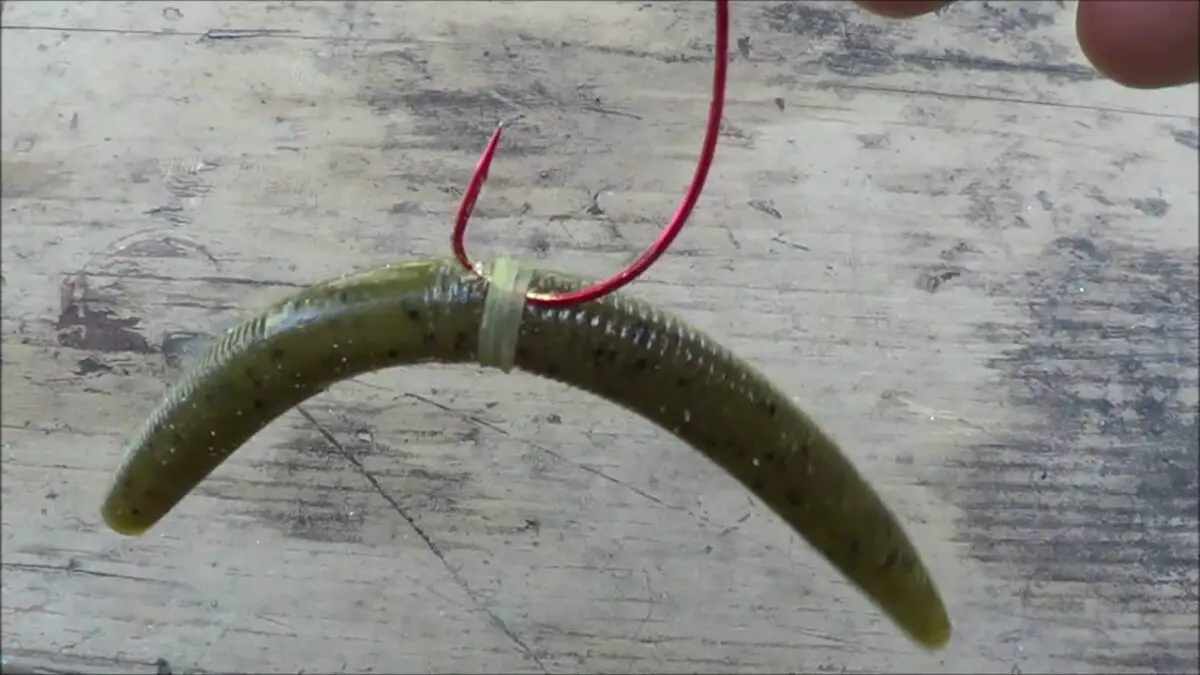
If you’re new to bass fishing or are unfamiliar with the different types of worm rigs you can use, we’ve compiled this article to explain the most popular worm rigs for bass and how and when you should use them.
This article is part of my Complete Guide to Bass Fishing series that you might be interested in.
Before we delve into the many different kinds of worm rigs and the details related to them, it’s important to note that quality matters greatly when using them. In many cases, these lures can take quite a beating and you don’t want to choose a cheap soft plastic worm product that’s more likely to break, tear or be bitten into pieces.
Be sure to purchase high-quality soft plastic worms and other components that go along with them. This includes sinkers, O-rings, hooks and other items you’ll need to create these rigs. If you fish with quality lures, you’ll be much less likely to lose fish and more likely to get a bite.
Table of Contents
1. Texas Rig
The Texas rig is the single-most popular worm rig in the world of bass fishing. It’s incredibly easy to tie and just as easy to fish with as an angler only needs a sinker, worm and hook.
How to Make It
The bullet sinker that will slide onto your line and serve as the ‘head’ of the worm. Most anglers use a ribbon or curly-tailed worm, but there are many varieties of worms that you can use with the Texas rig. Lastly, you’ll need an offset shank hook that will keep the worm in alignment.
When to use it
The Texas rig can be fished in virtually any environment as it is weedless and weighted, which means it will sink as far as you allow it to. You can fish the Texas rig around any cover or depth change such as ledges, drop-offs and knolls. The Texas rig can be dragged or bounced across the bottom to produce a strike.

2. Wacky Rig
One of the most distinct styles of worm rigs is known as the Wacky rig. This is quite different from most other worm rigs and involves using an O-ring to keep the hook in place without having to run the hook through the worm.
How to Make It
Many different kinds of hooks can be used with a wacky rig, but you need to run the hook through the O-ring, which is placed in the center or positioned more toward one end for a different action.
When to Use It
The Wacky rig is a great choice for fishing around cover or deep vegetation. It’s great for drawing fish out of cover without risking getting your hook snagged. The best way to fish the Wacky rig is to cast it and allow it to sink for a few seconds depending on the depth you want it to reach. Once it reaches the optimal depth, simply jig or twitch it up and down periodically to entice fish to bite.
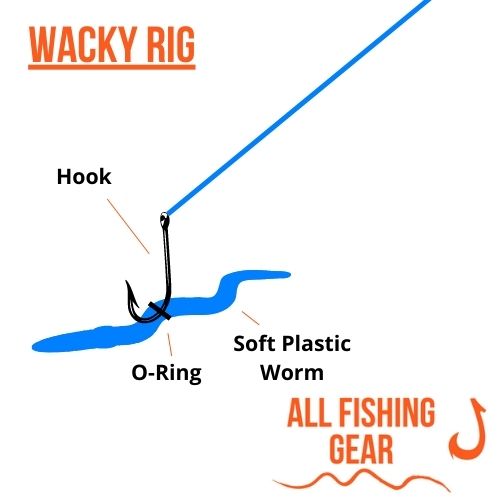
3. Carolina Rig
The Carolina is one of the longest-standing worm rigs that’s used for bass fishing throughout much of the year. This one is very similar to the Texas rig as you’ll be using the same basic style of bullet sinker and the same kind of offset shank hook. However, you’ll need to use a swivel and a bead and possibly a finesse weight to get the best results with the Carolina rig.
How to Make It
The sinker is placed onto the line first with a bead behind it. There are some variations where the sinker is positioned farther ahead of the hook, but this will depend on your own preference. Attach the swivel behind the bead. On the other end of the swivel, you can use a leader line of anywhere from 12 to 36 inches, depending on how long you want your Carolina rig. The worm is attached to the hook in the same way as the Texas rig.
When to Use It
You can fish the Carolina rig anywhere you want to catch fish, but it is often more successful in attracting bites from fish that are at or near the bottom. It’s great for targeting pre-spawn bass moving from deep to shallow water or staging on points or secondary points. It works exceptionally well for fishing in deep grass as the sinker holds the worm at the right depth, but it can float just above the grass. You can bounce or drag it along the bottom to get a bite.
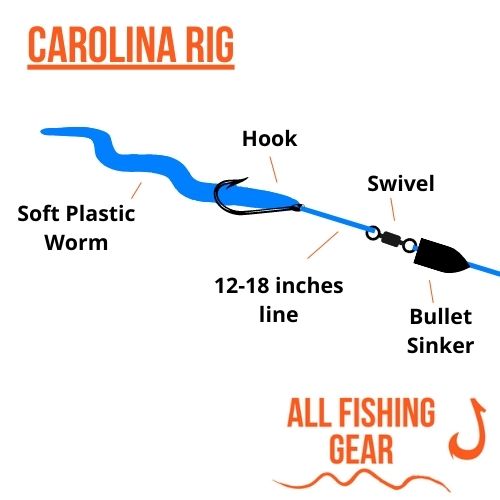
4. Drop Shot Rig
The Drop Shot rig is very similar to the Carolina rig, but the main difference is that your worm will be in front of the sinker instead of behind it. This one is great for fishing deepwater channels or areas where fish are holding close to the bottom. The Drop Shot rig is perfect for instances where you need to fish more vertically to target big bass.
How to Make It
The Drop Shot rig works using a swivel sinker at the end of your main line. The hook can be placed anywhere from 6 inches to a few feet above the sinker, depending on the specific depth you want to target. The sinker should be tied on after you’ve positioned the hook at the length that you want between the sinker and your worm.
You can use a palomar knot to tie your hook, and most anglers opt for a split shot or drop shot hook. These come in different sizes depending on the size of the worm you’re using. You’ll want to hook the worm as you would with a Texas or Carolina rig so that the hook isn’t exposed.
When To Use It
The Drop Shot rig is outstanding for fishing in winter and summer when bass are usually sticking to water about 20 feet deep. It allows you to fish vertically, drop into heavy cover, or cast the rig out and work it back toward you slowly by bouncing or twitching it as you reel it in.

5. Neko Rig
The Neko rig is one of the more unique styles of worm rigs that can be utilized in various situations or at any time of year. It’s very similar to the Wacky rig as it relies on an O-ring to keep the hook secured to the worm, but the Neko rig requires a small weight inserted into the worm’s nose. This rig is designed to mimic a small bait fish swimming and working it’s way along the bottom.
How to Make It
The Neko rig is fairly easy to tie on if you’re familiar with the Wacky rig. With both the Wacky or Neko rig, there are various tools you can purchase that make it easier to place the O-ring on your worm. Place the O-ring almost in the middle of the worm, but ensure it’s more toward one side or the other. This ensures that the worm will be oriented downward and have the right action to appear swimming as it is twitched.
You can use various hooks with the Neko rig depending on the size of the worm and other factors. Many different weights fit into the nose of the worm. Some brands produce skirted weights that add more action to the Neko rig and look like fins as the worm is worked across the bottom or through the water.
When To Use It
The Neko rig is great for covering a large amount of water when searching to find exactly where the fish are. This is another one that works exceptionally well during the pre-spawn months when bass move from deep to shallow water. Fish will usually stay at or near the bottom when they are making this transition and the Neko rig allows you to fish over a wide area more thoroughly than you can with other rigs.
This one works well for fishing along primary and secondary points close to deep water. You can also use the Neko rig to fish along any drop-off or other depth change. It’s also productive when fished around cover or if it’s retrieved at a quicker pace just above deep grass beds.
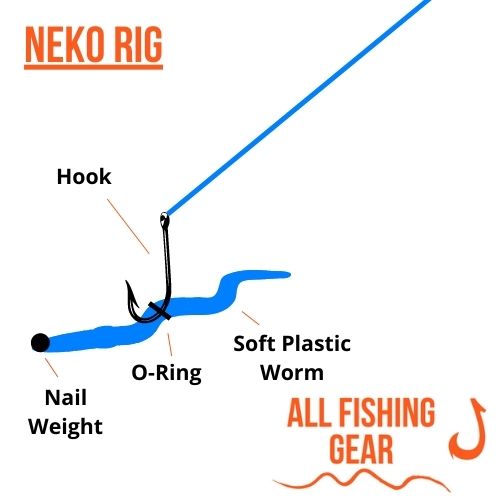
Conclusion
These 5 different worm rigs for bass are methods that you can rely on to catch fish at any time of the year. You can also use many variations with each specific worm rig that might give you a better chance to catch bass in certain environments. If you master how to use each one of the worm rigs mentioned in this article, you’ll become an expert in soft plastic fishing.

